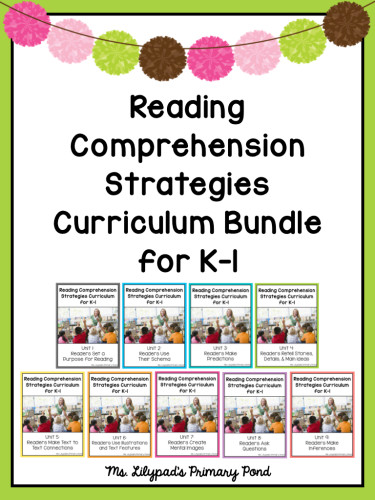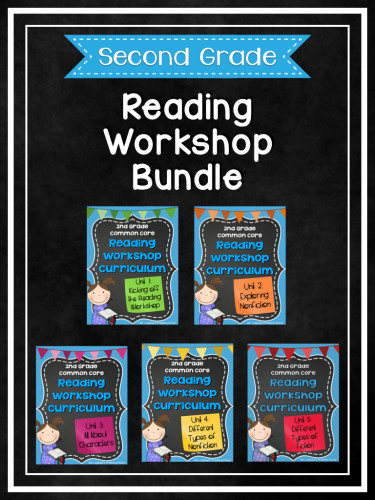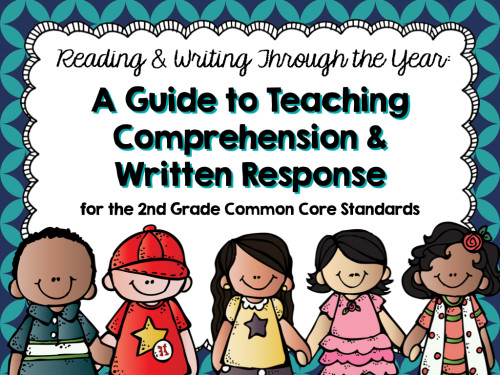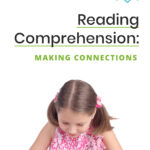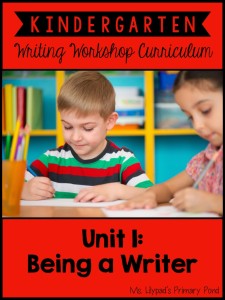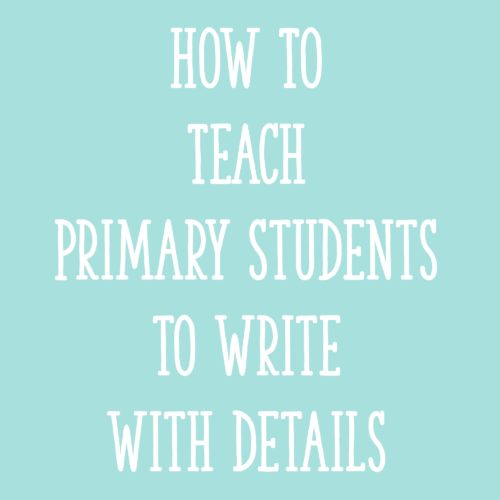Reading comprehension activities don’t have to be super time-consuming to prep!
In this post, I’m going to share two reading comprehension activities that don’t require any preparation beforehand. When you implement these strategies in your classroom, you don’t have to make copies, find graphic organizers, or prepare questions. All you have to do is read the text and anticipate comprehension challenges your students may have! Simple, right?
Since I didn’t invent these strategies myself, I’ll explain how I use them and then provide links so you can read about them further. You will definitely want to add these strategies to your toolkit, because they are student-driven and extremely effective!
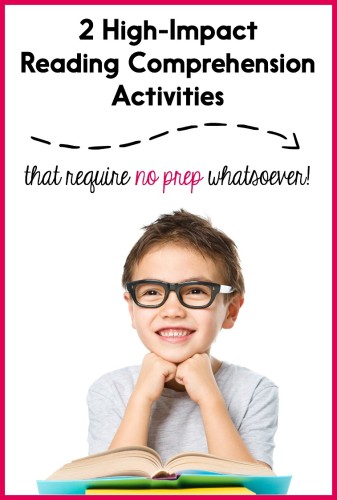
Reciprocal Teaching
Reciprocal teaching is a student-led activity that should be completed in a small group (4 students). Before you try it out with a group of kids, make sure to pre-read the text and divide it up into logical chunks (a couple of paragraphs or a page, depending upon how dense the text is). You will have students read one chunk of text, discuss it, and then move onto the next chunk of text until the entire text has been read and discussed.
Next, create 4 different cards for the different roles students will assume (okay…so I said no-prep, and technically this is prep, but you only have to do it once – EVER!):
- Summarizer
- Questioner
- Clarifier
- Predictor
When you meet with the small group, explain each role. The summarizer will (you guessed it) summarize the portion of text. The questioner will ask questions, either about parts that are unclear and/or to engage the group in a conversation about the meaning of the text. The clarifier can take a lead role in answering those questions and restating confusing information in clearer terms. And the predictor makes predictions about what will happen next in the story (or what information will be presented next, if it’s a nonfiction text).
Assign each student one role. If it’s their first time participating in reciprocal teaching, you can have the students practice one role for several sections of text, but ordinarily you would have them switch roles after each section of text is discussed.
Once students understand their “jobs,” have them begin reading the first section of the text. Once they are finished, the students enact their roles in the order described above. The kids are acting as the discussion leaders, and your role is to help students extend their thinking and use specific language.
Sometimes you may find that each child is doing only her own job and not engaging with or responding to other group members’ questions and comments. Encourage students to engage in a more authentic discussion. If you find that one particular group of children does this well, do a “fishbowl” activity where they practice the reciprocal teaching routine while the rest of the class watches.
I’ve used reciprocal teaching with students as young as second grade. I’m sure that if you provided appropriate supports and modifications, first graders would also be able to participate in this activity.
Reciprocal teaching was developed by Palinscar and Brown in the 1980s. Here is the citation for the original article:
Palincsar, A. S. & Brown, A. (1984). Reciprocal Teaching of Comprehension-Fostering and Comprehension Monitoring Activities. Cognition and Instruction, 1(2), pp. 117-175.
Read, Cover, Remember, Retell
If you’re thinking that reciprocal teaching might be a bit much for your kiddos right now – not to worry! Here’s another great comprehension activity that’s even simpler.
The “Read, Cover, Remember, Retell” activity can be modeled in a whole group or small group setting. Students read only as much text as their hand can cover, and then cover up that part of the text with their hand.
Next, students try to remember what they just read. They should try to do it without peeking under their hand, but if they can’t, then they should go back to the text. Last, students retell just that portion of the text to themselves or to a friend.
This comprehension activity is particularly useful when you have “word callers,” or students who read and read without attending to meaning. It forces them to slow down and self-monitor without requiring direct support from a teacher.
Here’s the citation for this strategy:
Hoyt, L. (2002). Make it real: Strategies for success with informational texts. Portsmouth, NH: Heinemann.
Have you tried either of these strategies in your classroom? If so, how did it go?
If you want to cut down on the amount of time you spend preparing reading comprehension lessons alllll year long, check out my reading comprehension lessons for Kindergarten, first, and second grade:

